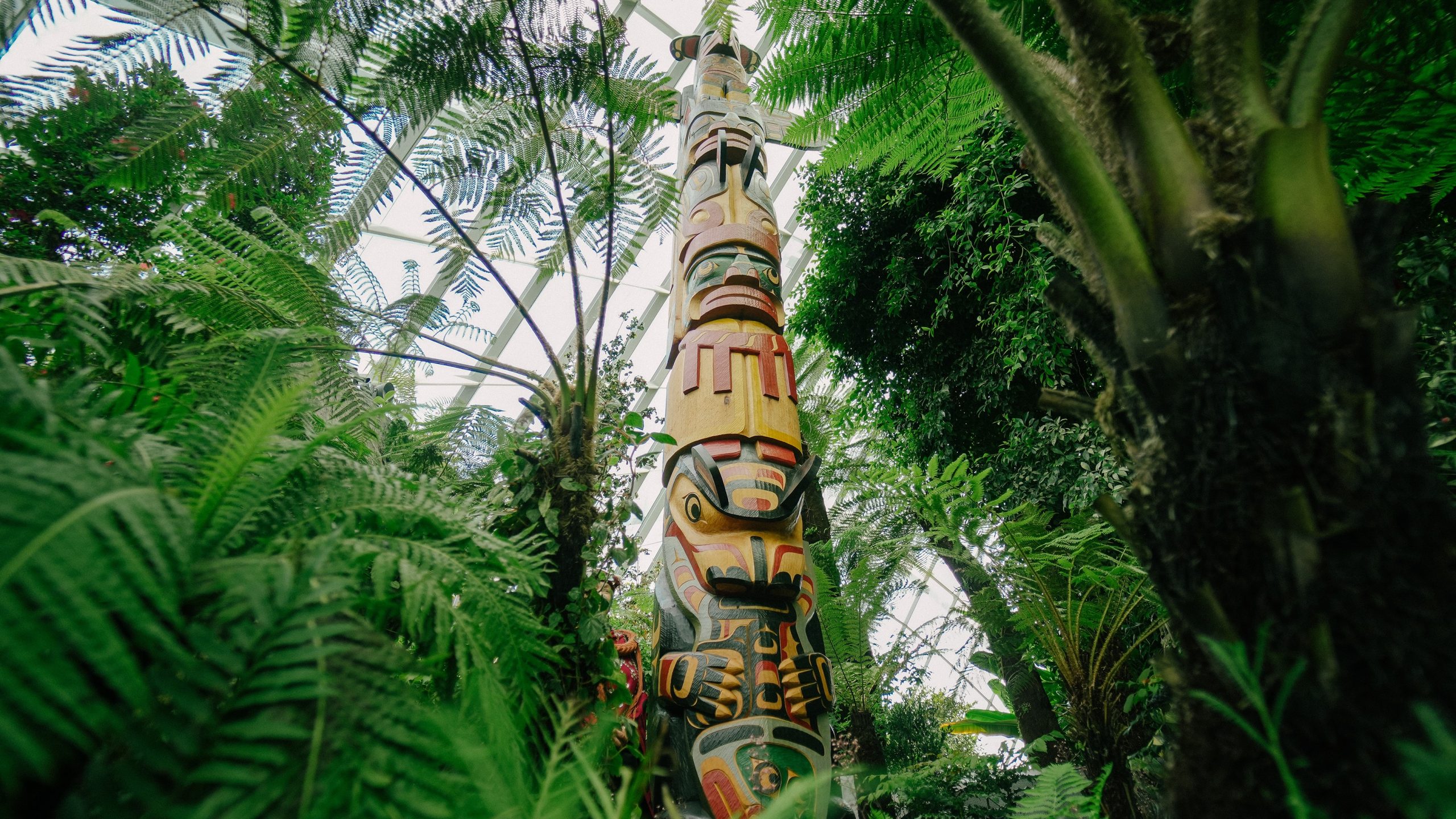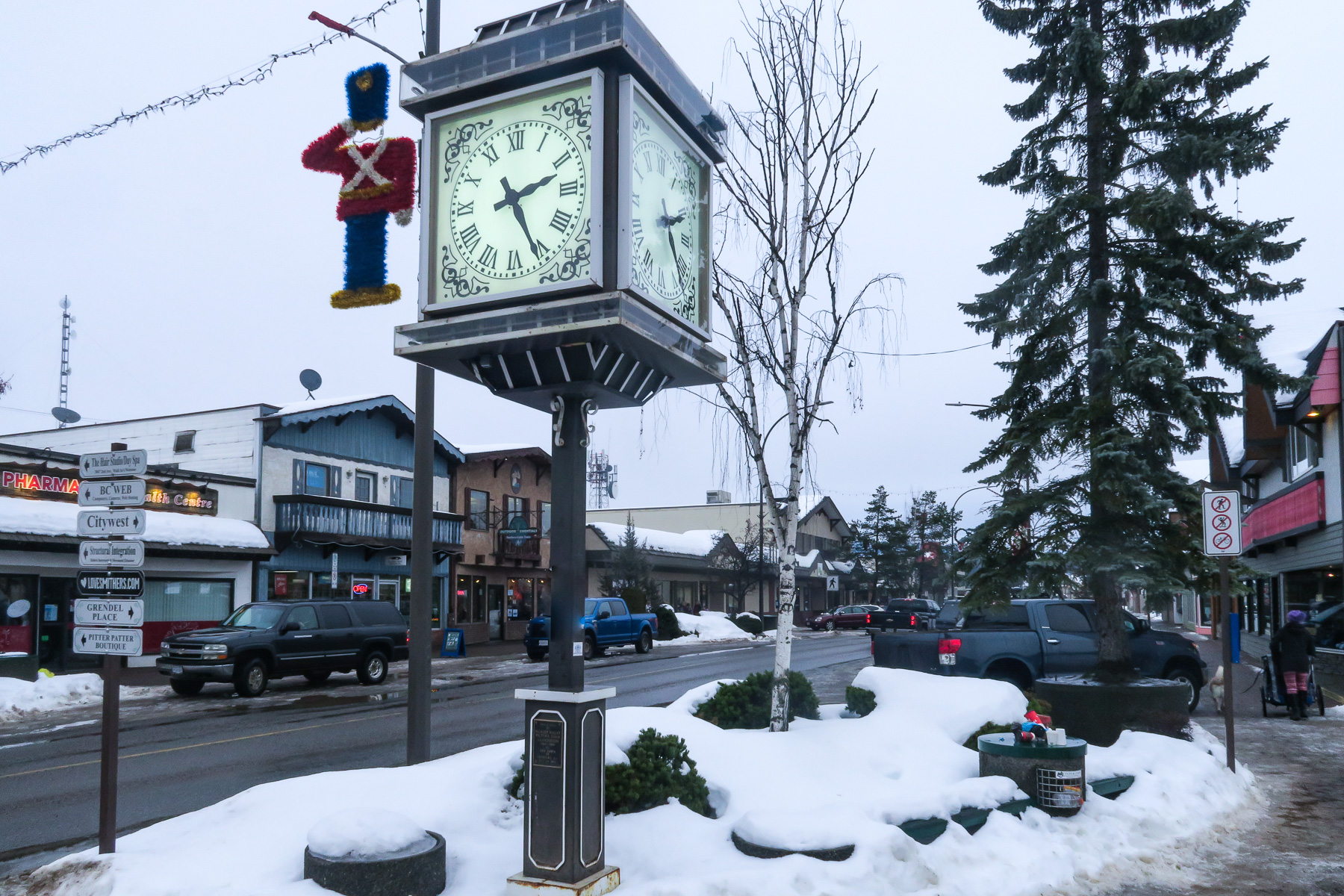
BC Regional Series: Cariboo
In the heart of British Columbia (B.C.) lie vibrant communities stimulated by abundant natural resources and recreational opportunities. The Cariboo region spans the central interior of British Columbia, stretching from just north of the Thompson/Okanagan region around Kamloops to the city of Prince George and east toward the Cariboo Mountains along the Alberta border. Key sectors in this region include agriculture, forestry and critical minerals.
The Cariboo region delivers on a personal and professional level year-round, with a growing economy, top industry jobs across sectors and lifestyle activities that make the most of the mountains, rivers and lakes in the area. The Cariboo region’s proximity to major cities in both B.C. and Alberta, along with established shipping routes, provides access to domestic and international markets.
The region is also highly accessible, from recreational considerations including a network of wheelchair accessible trails to business needs such as a well-integrated transportation network of highways, railways, ports and an international airport Daily commute times in cities across the region average 5-20 minutes.
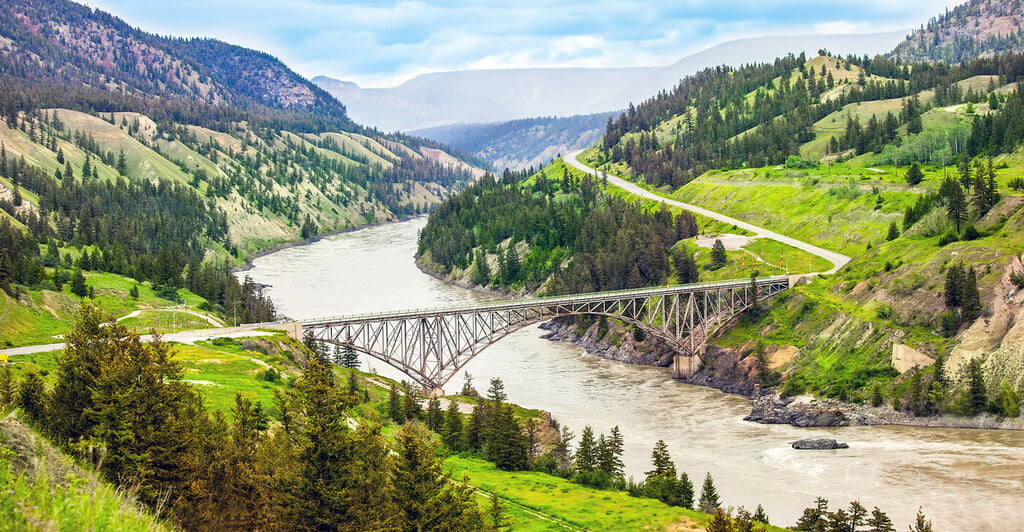
The Cariboo region has been home to Indigenous peoples for millennia and has a rich history of commerce which continues to develop and prosper today. The Nuxalk-Carrier ‘Grease Trail’, a six-thousand-year-old trade route, connects the coastal rain forest and interior plateau. Local entrepreneurial success reflects the region’s history and diversity, ranging from Indigenous enterprises such as the rural Riske Creek’s sustainable, cultural tourism business, Cariboo-Chilcotin Jetboat Adventures, and the Williams Lake First Nation’s Indigenous Bloom and Coyote Rock Golf Course to the manufacturing and services expertise found at ATCO Structures & Logistics in the City of Prince George.
Natural resource investors have recognized the potential of this region for over a century. In the 1860s, the Cariboo was the centre of the gold rush, which brought prospectors from across North America to make their fortune from the rich mineral deposits. Resource-based industries such as mining and forestry continue to play a strong role in the area’s economy.
Over recent decades the primarily forest-based economy has evolved into one that also supplies goods and services for a broad range of sector activities. Traditional forestry manufacturing has evolved to include bioenergy pellets, cross-laminated timber tall-wood construction and a variety of wood-home construction specializations.
Urban high-speed telecommunications infrastructure such as fibre optic networks, wireless and cable broadband supports international business connections. Professionals can work remotely with global clients from a home office while enjoying easy access to the region’s natural surroundings. The Cariboo region is ideal for digital entrepreneurs or remote workers looking for affordable and high-quality living without compromising on the tools for success.
The region’s largest city, Prince George, is a service centre and supply hub for natural resource, bioenergy and construction activities. Situated at the junction of major provincial highways and the confluence of the Fraser and Nechako Rivers, the city is surrounded by vast natural beauty and offers full urban amenities and superior connectivity to global destinations.
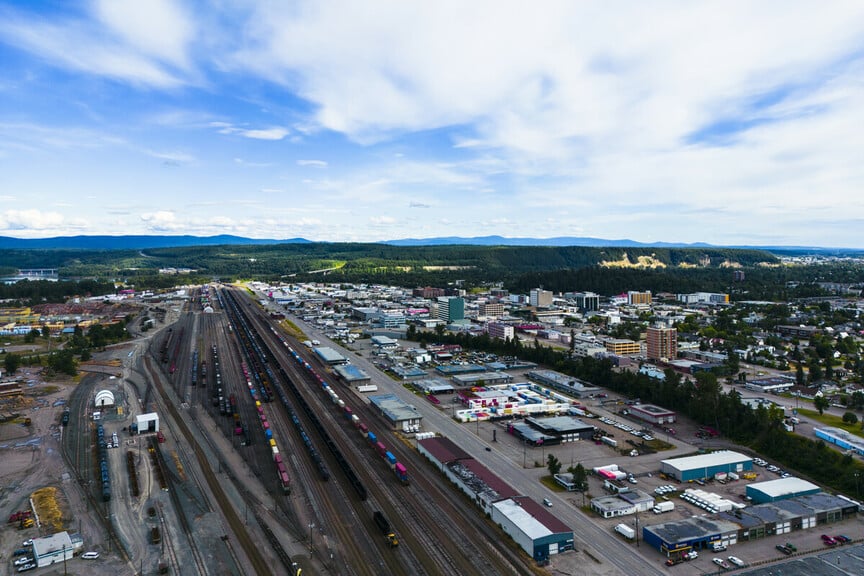
The Prince George Airport (YXS) connects the Cariboo to the global economy both domestically and internationally. The rail system is connected to both the ports of Vancouver and Prince Rupert, which is three days closer to Asia than other west coast ports.
There is abundant and affordable land available for development and a highly skilled and educated labour force to support new industries. The region has a strong trades and skills training environment. Prince George is also home to the University of Northern British Columbia, one of the province’s top post-secondary institutions. The university attracts thousands of students each year who enjoy the local arts, culture and other lifestyle amenities. Prince George offers the conditions for both businesses and their workforces to succeed, making it a strong choice for investors and site selectors. View the city’s economic development profile online.
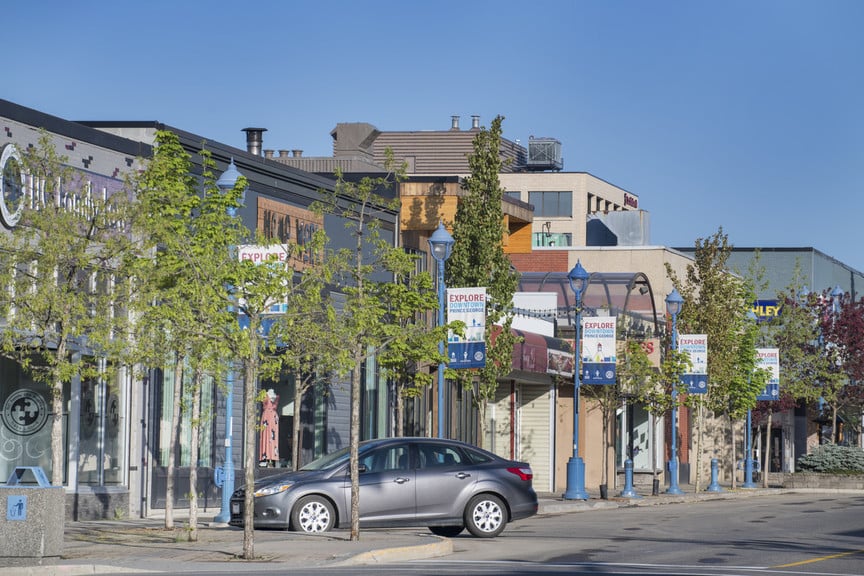
The City of Quesnel is home to a high concentration of wood manufacturers and to West Fraser’s corporate offices. It offers affordable land, office space and labour to support a range of business opportunities.
Quesnel offers ready access to world-class recreation year-round. The dry climate means winters are sunny, crisp and enjoyable with some of the best snow conditions in the province for both downhill and cross-country skiing, snowshoeing and snowmobiling. Popular summer activities include fly-fishing, horseback riding, river rafting, hiking and mountain biking on the vast and expanding mountain biking network locally. Connect with Quesnel’s economic development experts.
South of Quesnel, Williams Lake acts as a service hub for the Central Cariboo region and is the gateway to the Chilcotin Plateau and Bella Coola Valley. Indigenous communities and First Nations have a vibrant presence in the Williams Lake area, that is home to the communities of the Tsilhqot’in National Government, Northern Shuswap Tribal Council and Southern Dakelh Nation Alliance. The annual Williams Lake Stampede reflects deep roots in agriculture and ranching, forestry, mining and tourism round out the economic sector. With affordable land typical of the Cariboo, fibre optic and broadband internet and an available workforce, Williams Lake is a desirable location for investment. Investment opportunities and labour information can be found highlighted in the city’s economic development page online, alongside its regional airport utility plan.
At the southern-most end of the Cariboo region, 100 Mile House serves as a busy service centre for the South Cariboo, supporting a rural population of about 20,000 people . 100 Mile House is located on the traditional territory of the Secwepemc People of the Interior Salish. Like other communities in the region, forestry and forest product manufacturing are considered primary sectors of the local economy. 100 Mile House is strategically located only five hours from Vancouver and two hours from Kamloops. Other cluster industries in the 100 Mile House area include log home builders, guest ranches and lakeshore area resorts/ housing. 100 Mile House continues to see a residential boom of new construction and residents relocating to the area given the proximity to the Okanagan and Vancouver markets with significantly lower real estate costs.
For more information about the Cariboo region, visit our economic regions page or contact us to get in touch with Trade and Invest BC’s regional representative. Stay tuned for future blogs on other regions of British Columbia, or follow us on LinkedIn or X for regular updates.


